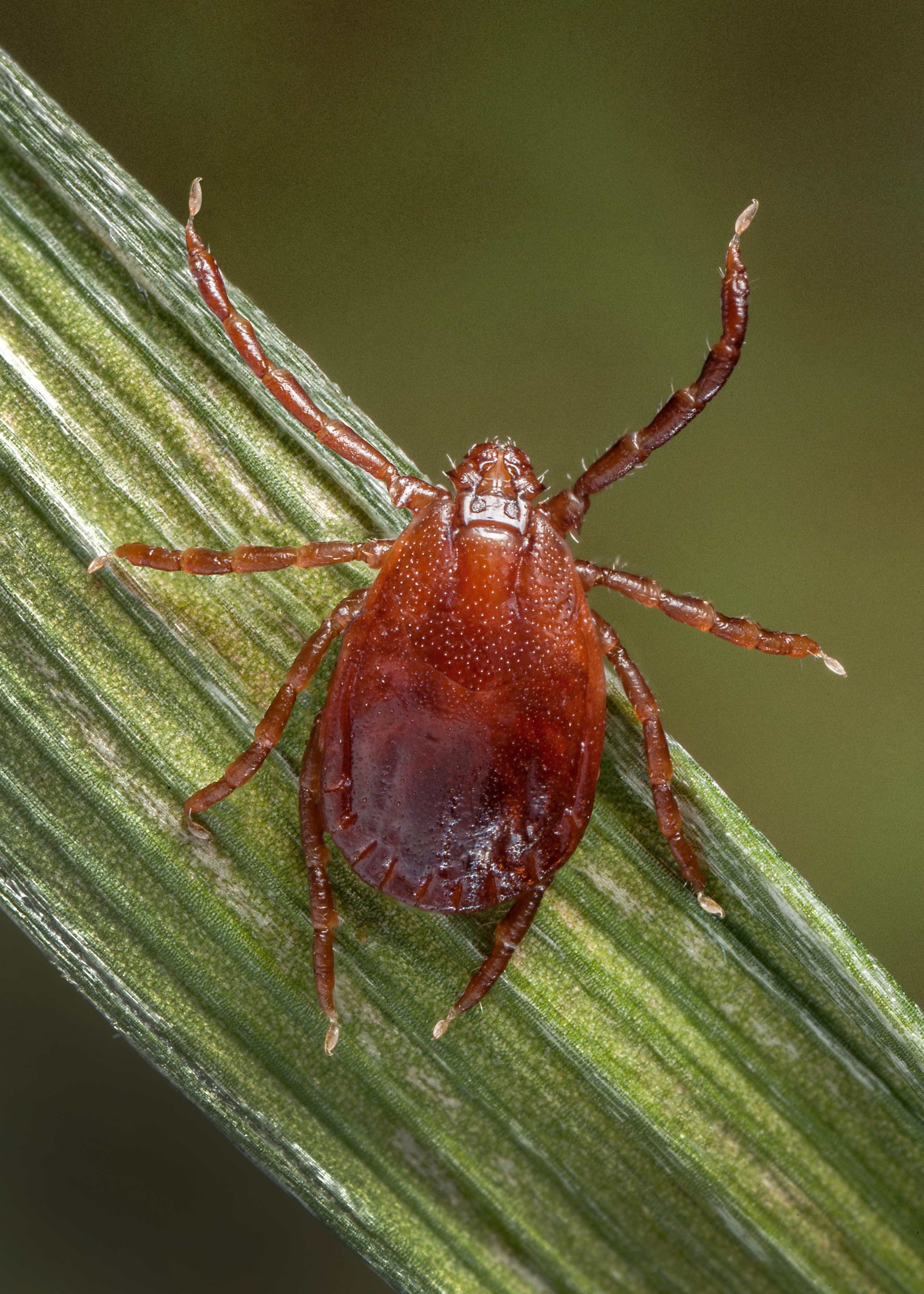Government shutdown halts research on invasive new tick

A veterinary pathologist who first identified the Asian longhorned tick in Virginia said research on the tick has been halted because of the government shutdown.
Kevin Lahmers, DVM, PhD, clinical associate professor at the Virginia-Maryland College of Veterinary Medicine at Virginia Tech, had been collaborating with the USDA to measure the disease threat associated with the tick. Lahmers reported that he had to stop working on a risk assessment related to a newly identified pathogen.
“In the past year, we have found an invasive tick species and a bloodborne disease of cattle,” Lahmers told Infectious Disease News. “The shutdown has stopped our testing with the USDA Agricultural Research Service (ARS) to evaluate the ability of this invasive tick to transmit this pathogen of cattle. The findings of this testing will be used to make disease control decisions as early as March. In addition to halting testing, any discussions with government employees about disease surveillance planning must be put on hold during the furlough.”
An MMWR report published in November noted that Haemaphysalis longicornis, otherwise known as the Asian longhorn tick, was first discovered in the United States in 2017 on a sheep in New Jersey. In 2018, it was discovered in other counties in New Jersey and seven other states in the eastern United States — including Virginia — and Arkansas. H. longicornis is native to eastern China, Japan, Russia and South Korea, and experts are worried about its spread in the U.S.

“Where the tick exists, it is an important vector of human and animal disease agents,” the authors of the MMWR report wrote.
Between August 2017 and September 2018, there were 53 reports of H. longicornis in the U.S., including 38 from animal species — two from humans — and 15 from environmental sampling of grass or other vegetation.
“Collaborations with USDA ARS in Pullman, Washington, are shut down at this crucial time,” Lahmers said in a news release. “We are ready to start determining if the longhorned tick can transmit Theileria orientalis, another recently identified disease in Virginia, from calf to calf. However, because of the delay, we cannot begin this process to determine the risk this poses to cattle and how we might manage this risk. Delays will handicap our understanding of the disease dynamic and control strategies for the coming year.” – by Bruce Thiel
Disclosure: Lahmers reports no relevant financial disclosures.
